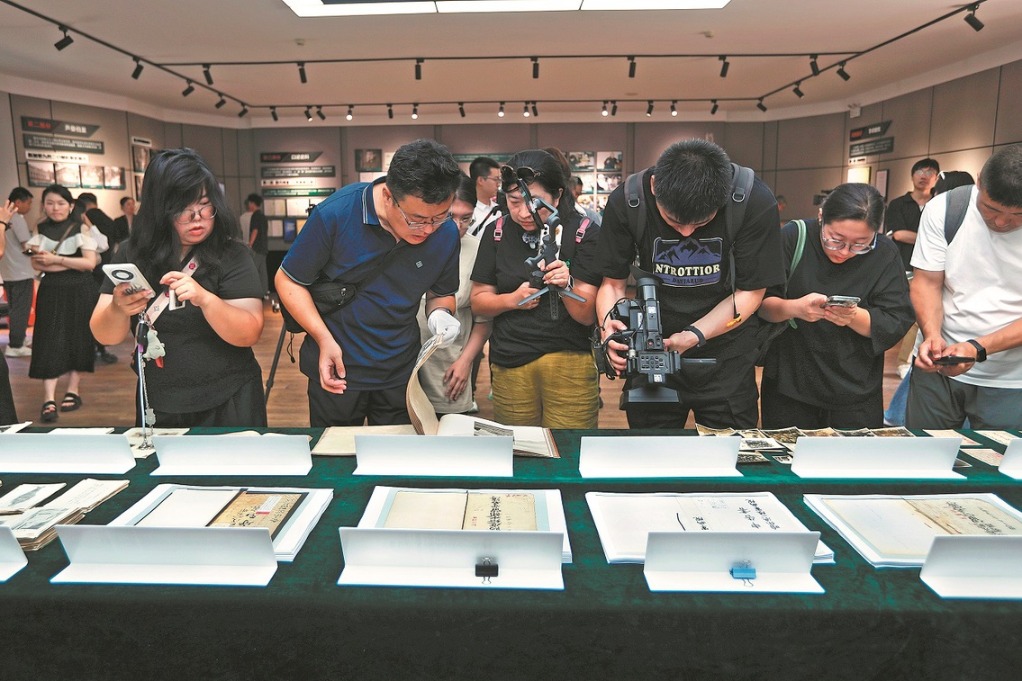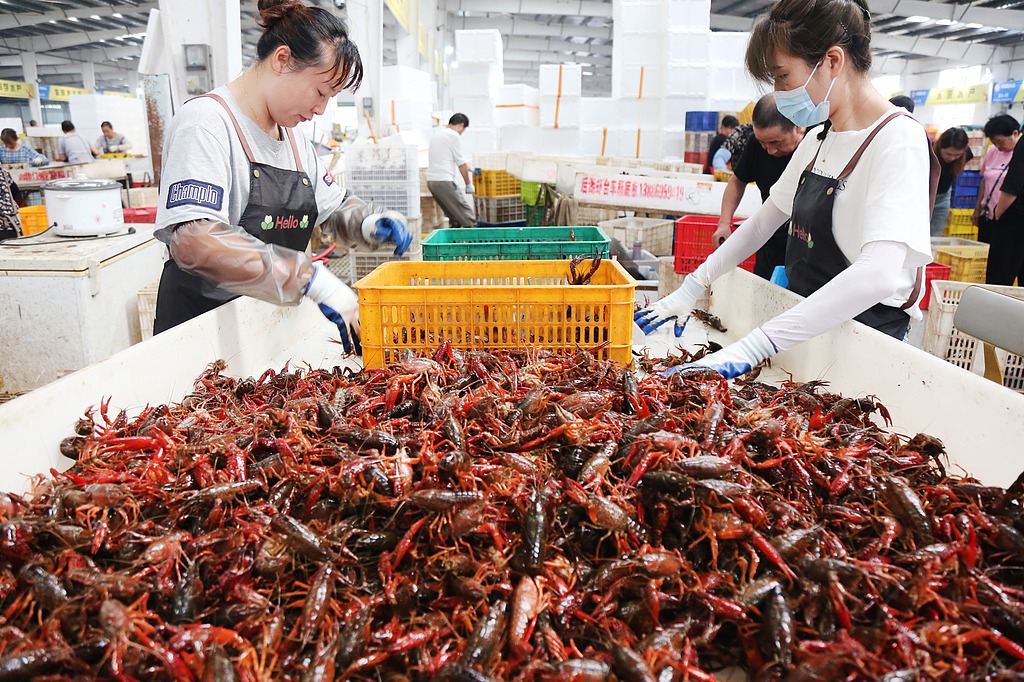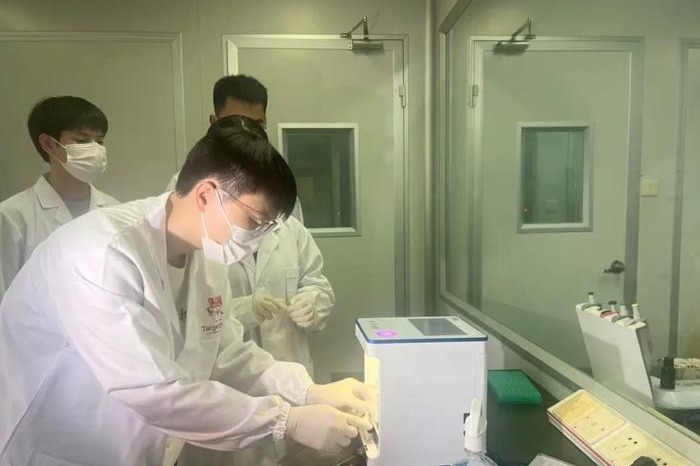Pitch-perfect ode to the past
A fresh take on old rites and music steeped the Dragon Boat Festival in the sights and sounds of tradition at the NCPA, Chen Nan reports.

For a moment, the concert hall of the National Centre for the Performing Arts, where works by Western composers such as Beethoven and Mozart are usually performed, was transformed into an imperial palace of ancient China.
Twelve yellow bronze bells were hung on the back of the stage. Two traditional Chinese-style folding screens stood on the sides of the stage.
Musicians clad in traditional Chinese clothes came onto the stage playing various musical instruments, such as Chinese drums, bamboo flutes, sheng (Chinese free reed wind instrument) and guqin (the seven-stringed Chinese zither), that originated centuries ago.
On June 21 and 22, the China National Traditional Orchestra, under the baton of conductor Liu Sha, performed two concerts at the NCPA titled Ode to Huangzhong Dalyu.
Huangzhong and Dalyu are the names fort two relative pitches of the 12 fundamental pitches of Chinese music, also known as the 12 laws of music, which are used for tuning purposes. It's closely related to liyue, or rites and music, a vital part of Chinese traditional culture, as recorded in the Confucian classic The Book of Rites which writes: "Music is an echo of the harmony between heaven and the Earth; rites or ceremonies reflect the orderly distinctions in the operations of heaven and the Earth".
In olden days, rites and music were believed to be essential for maintaining a harmonious and orderly society. They were prominent in big ceremonies and sacrifices.
Legend has it that a man, named Ling Lun, who was in charge of the court's music, was assigned by the ruler to explore the rules of music and make harmonious sounds that could be played at grand ceremonies. He traveled to the mountains where he saw bamboo around him. He cut some of the reeds down and to various lengths and carved some holes in them and began blowing. After modifying his bamboo pipes he discovered the 12 fundamental pitches.
The concerts featured 12 music works that corresponded to the 12 fundamental pitches. The first work, titled Huangzhong — Ode to the Chinese Ensemble, was composed by Hao Weiya. It featured musicians of the China National Traditional Orchestra playing 10 ancient Chinese musical instruments, such as qing (chimes used as a percussion instrument in ancient Chinese music), sun (Chinese pottery flutes) and xiao (Chinese vertical end-blown flutes).
The second music work, titled Dalyu, composed by Gu Jianfen, was performed by a children's choir and the orchestra.
The other 10 music works were all named after one of the 12 fundamental pitches, such as Taicu, Jiazhong and Nanlyu.
According to Zhao Cong, a veteran pipa player and president of the China National Traditional Orchestra, the 12 musical works were arranged based on the 12 fundamental pitches.
"Some of the music works were adapted from ancient Chinese music pieces and some were composed by contemporary Chinese composers. The new arrangement allowed the audience to enjoy music on the basis of the 12 fundamental pitches," says Zhao, adding that the program took the orchestra about three years to prepare.
Some of the music works are well-known to the audiences, such as A Moonlit Night on the Spring River, a signature pipa piece of the Chinese classical repertoire, which is named after a Tang Dynasty (618-907) poem by Zhang Ruoxu, and the ancient Chinese melody, Three Variations on the Plum Blossom, which was originally conceived for the guqin.
To provide the audience with an immersive experience, Tian Qinxin, a renowned theater director, who is the president of the National Theatre of China, was invited to be the director of the concerts.
"The concert is a combination of different ways of presenting ancient Chinese music, such as solo performances, ensembles, a large orchestra, vocals and dance. My job is to not only let audiences listen to the music but also see the music from ancient China," says Tian, noting multimedia technology and the set created a space from the past.
Zhao says that the concert will tour overseas next year.




Today's Top News
- Meet again? Putin says: Next time in Moscow
- Zelensky to meet Trump in Washington on Monday
- Wang Yi to visit India from Monday
- Trump, Putin tout 'productive' Alaska talks without apparent breakthrough
- A year's rainfall in a single day
- Negotiation the only way out for peace in Ukraine: Editorial flash































